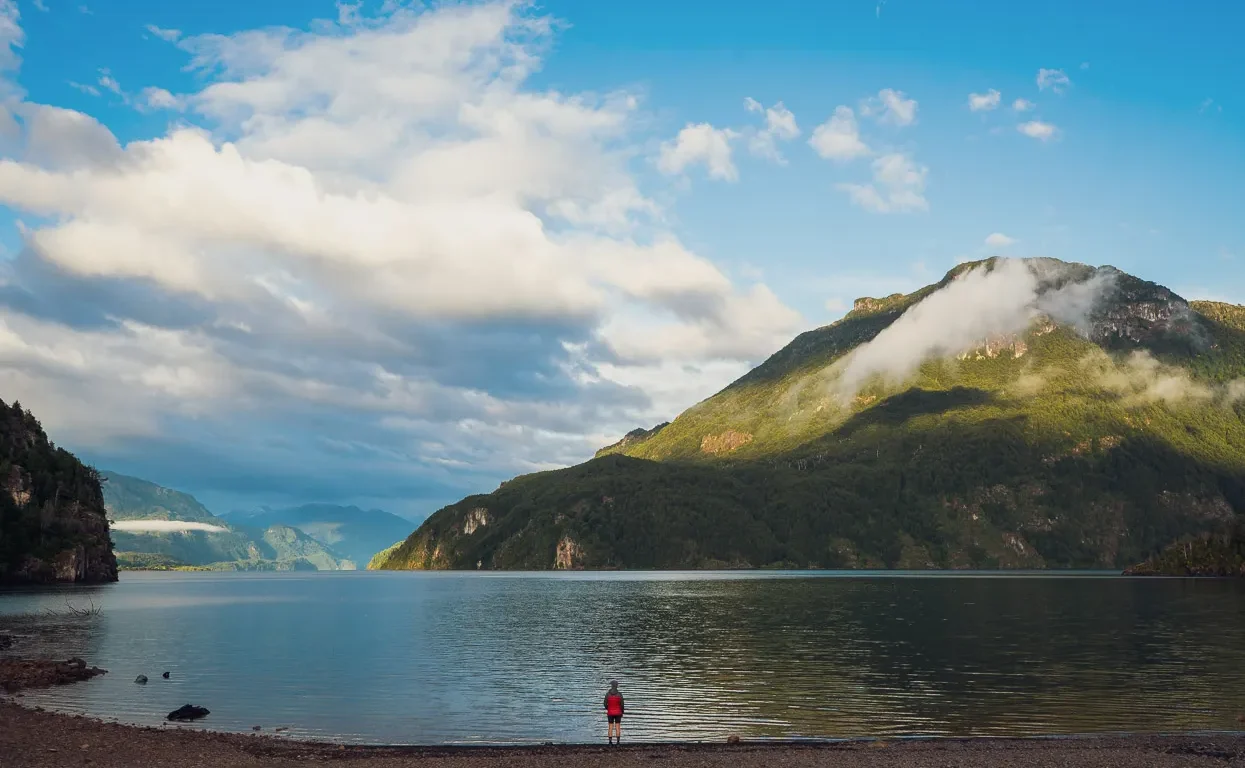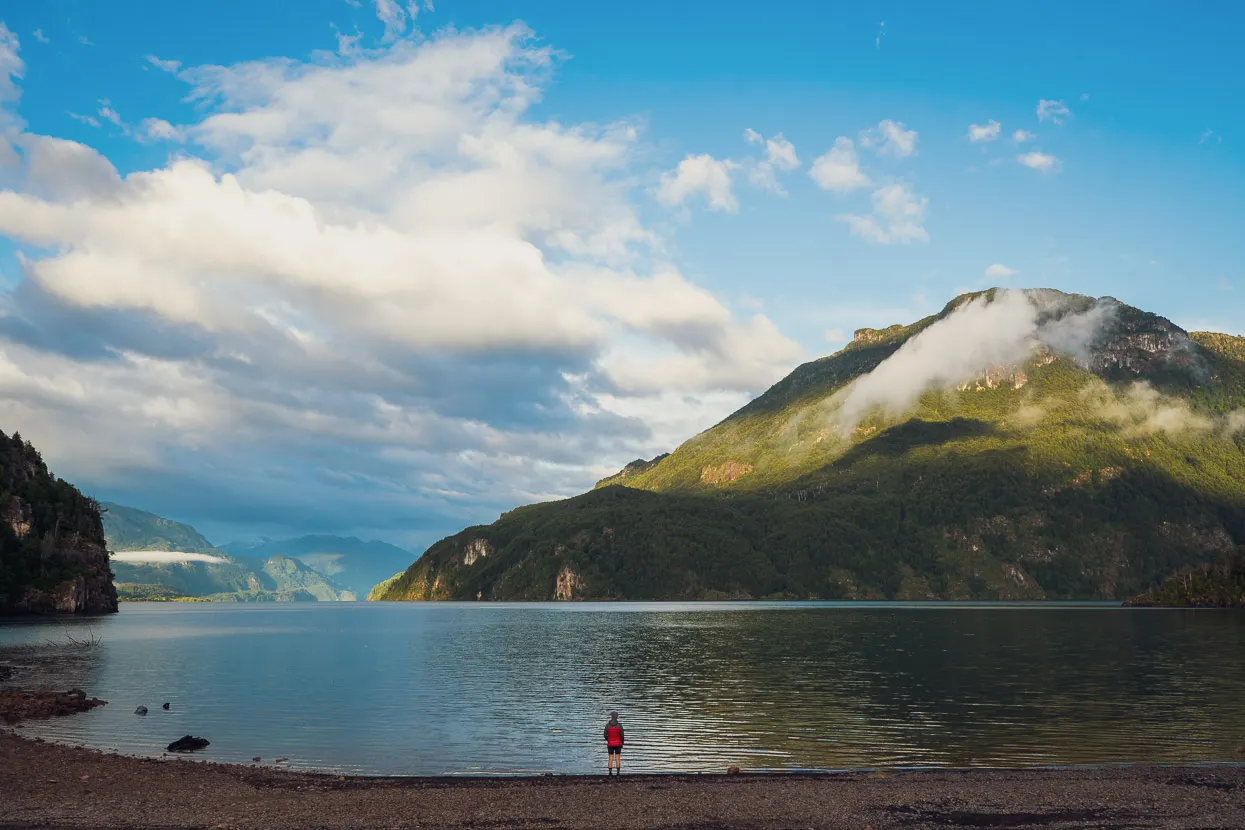
Words and images by Mark Watson.
Over the nearly four years we’d been on the road for our Alaska to Argentina bikepacking journey we’d anticipated our arrival in Patagonia. The southernmost region of South America is famous for its soaring granite spires, tumbling glaciers, alpine lakes and sprawling forest. A wild frontier land where humans have tamed only the fringes of its terrain. A place with untold possibilities for adventure.
In mid-March we left Lago Verde, Coyhaique Province in Chilean Patagonia, in the company of four Colombian bikepackers. The previous evening we’d had a rainy camp on the edge of the lake, it was an atmospheric place; moody and primal as mist hovered over the forest and steep mountainsides that cradled the water. The morning brought clearer skies as we resupplied in the small village above the lake, in preparation for the three days that it would take to reach the Carretera Austral, the only major highway in the region.
Before we pedalled out of the plaza we made use of the public wifi to check the news. Stories of a novel coronavirus had been evolving in coverage for the past month, with widespread lockdowns in Wuhan and severe outbreaks in South Korea, Iran and Italy. The story of the day was the WHOs announcement that Europe was now the centre of what had been officially declared a pandemic. Meanwhile the New Zealand embassy issued a warning against non-essential travel to the few severely affected countries.
The previous afternoon, after we’d arrived in the village via Paso las Pampas (from Argentina) the Carabinero officers had given us a verbal screening for symptoms, but it seemed a brief formality. In the rural quiet of Patagonia, northern hemisphere events seemed so distant, and Latin America virtually untouched by the stringent containment measures, panic buying and paranoia emerging in other parts of the world. But we were beginning to wonder how long the spectre of the virus would remain distant.
For the following three days we had the mountains and southern beech forest of Patagonia mostly to ourselves, seeing few people. Double track led through pristine woodlands and past sparkling clear rivers. When we couldn’t ride the bikes we heaved them and their loads up the steepest of 4WD tracks. We spent the evenings with our Colombian compañeros, with whom we’d occasionally shared the trail since Bolivia. It was idyllic bike travel in a stunningly beautiful place.
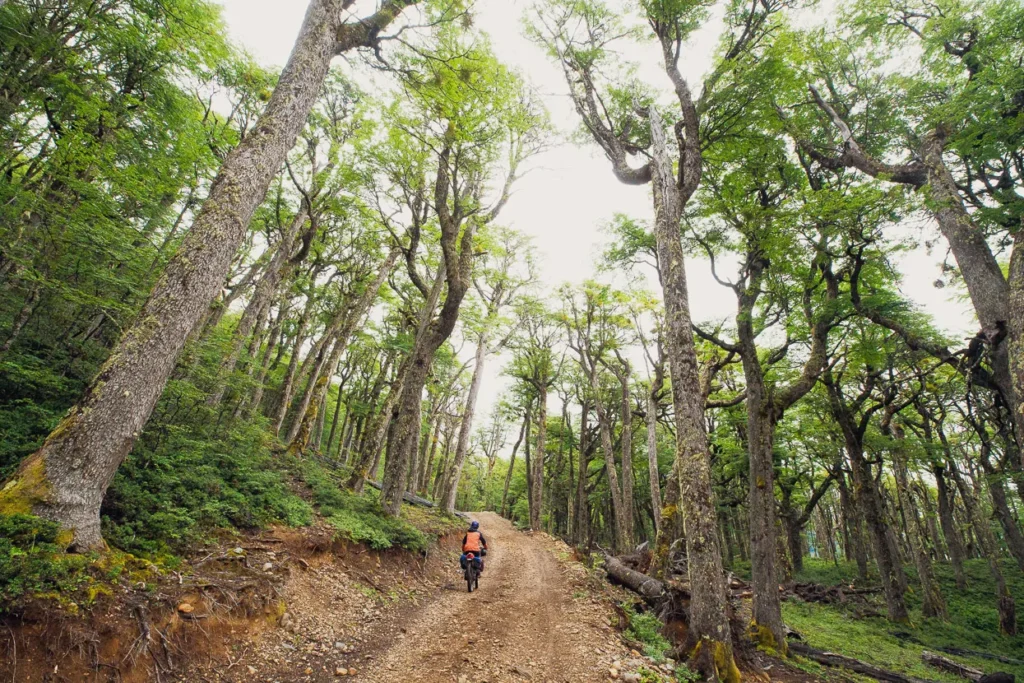
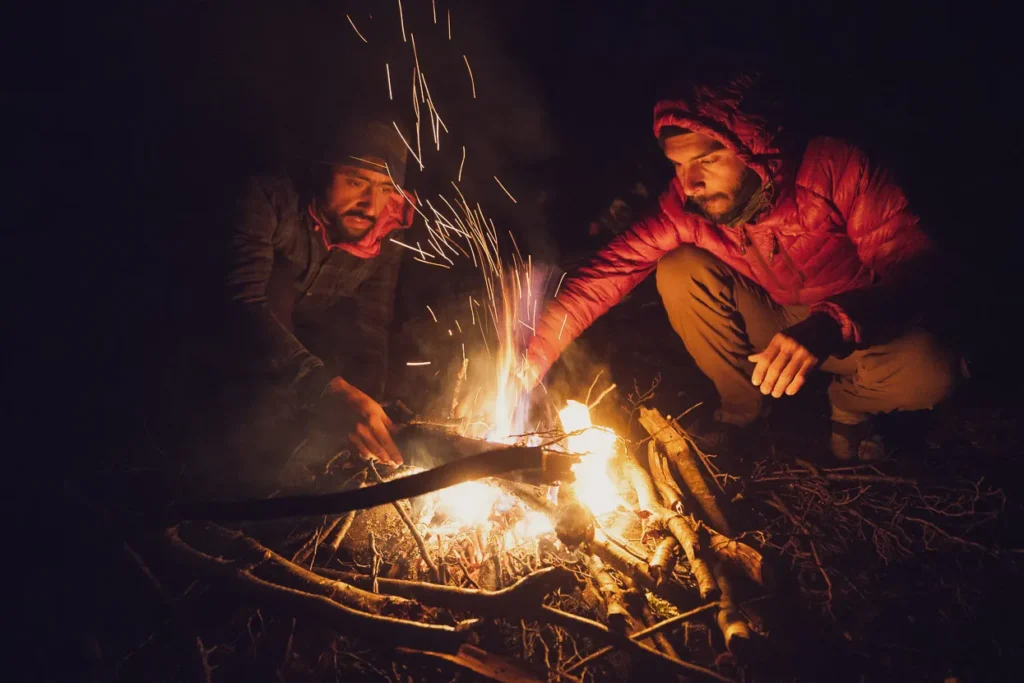
On the 15th March, after a few hours of fast gravel road, we reached the small village of Villa Amengual on the Carretera Austral. The Colombians had arrived about an hour ahead of us. We joined them in a small cafe as they sat in the warmth, intently reading their phones. José was outside making a call. The cafe owner stood near the door, with her sweater pulled up over her mouth and nose, and the Colombians commented that others in the village had done the same when they’d approached. Fear of the ‘gringo virus’ had pervaded the small community.
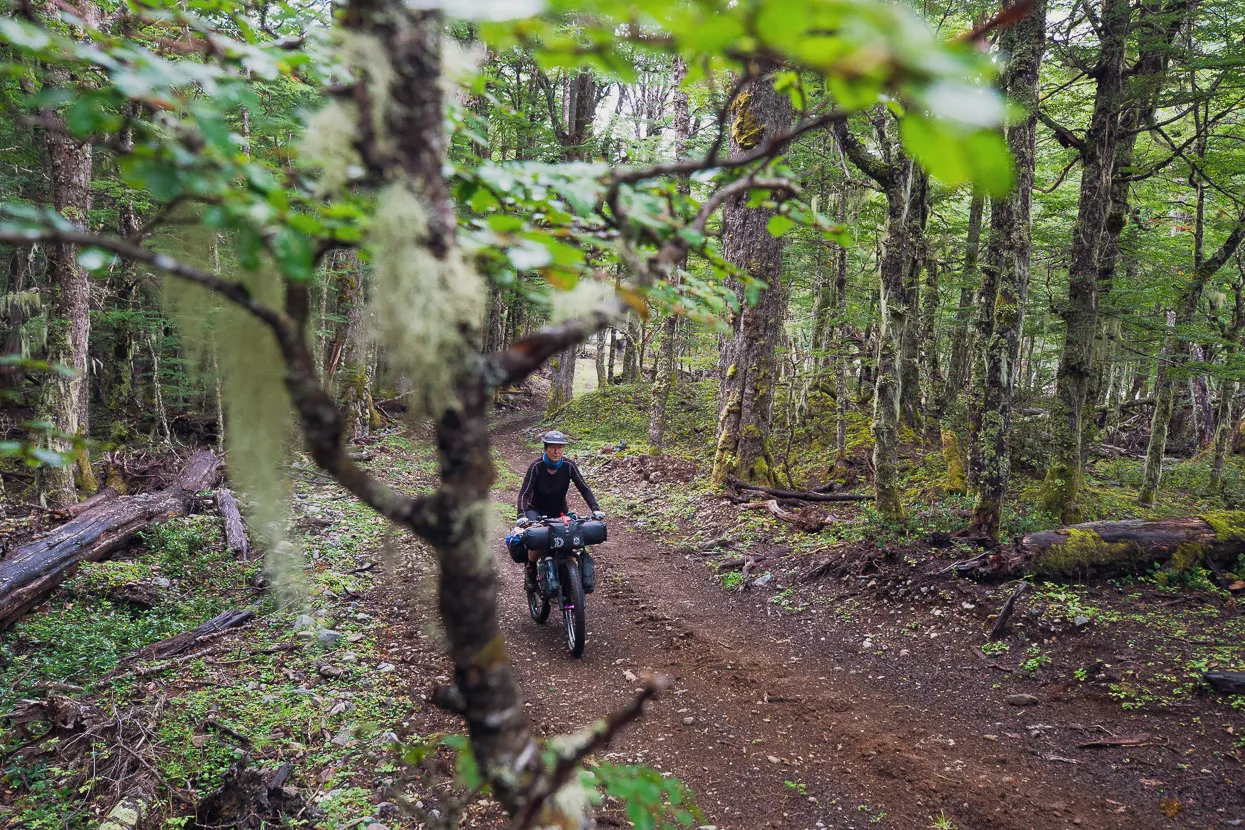
Our friends relayed what they’d learned: closure of the Chile-Argentina border, along with imminent closure of Argentina’s and Chile’s national parks. Concerningly, cruise ship passengers had created an outbreak in the village of Tortel, to our south, initiating an immediate 14-day quarantine and uncertainty about further travel south. The WhatsApp group for cyclists in the Americas was surging with messages as people posted about their experiences at borders, difficulties with authorities and whether to try to fly home or sit and wait it out.
When José looked at us solemnly and said “I think we’re going home” we couldn’t believe it. Admittedly the Colombians were considering ending their trip at Punta Arenas, so they were slightly closer to the end than us. Having bikepacked several months from Cusco they were so close to their goal. But with their families wanting them home and already so much uncertainty surrounding how feasible travel might be – by bike or air – in just the short term, they made a decisive call. Within a couple of hours they were packed into a truck and enroute to Coyhaique and Balmaceda airport to begin their long journey.
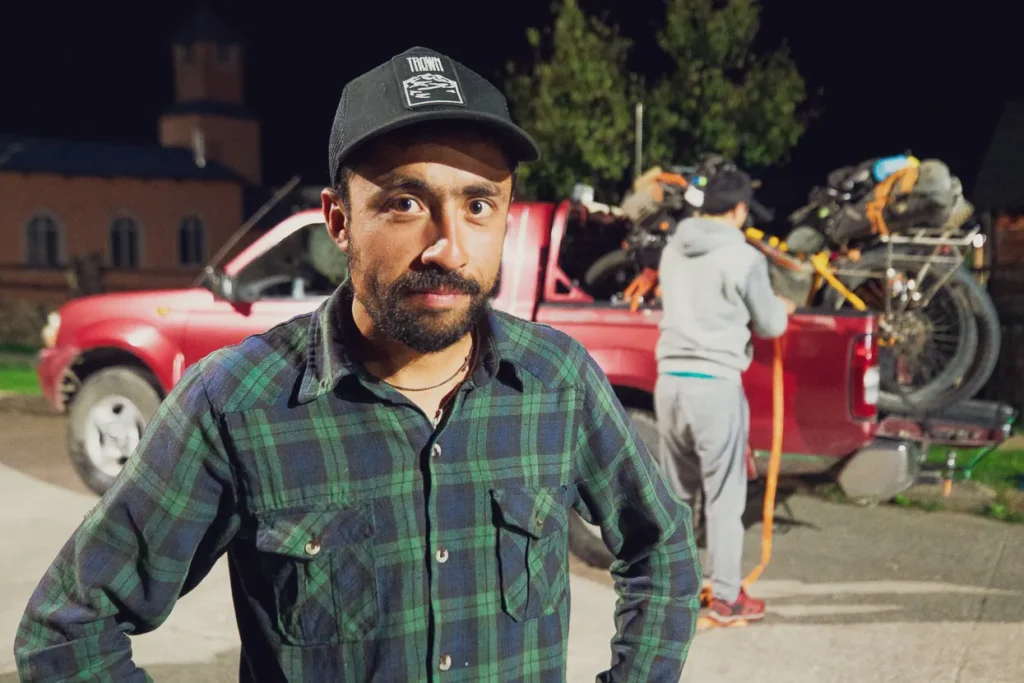
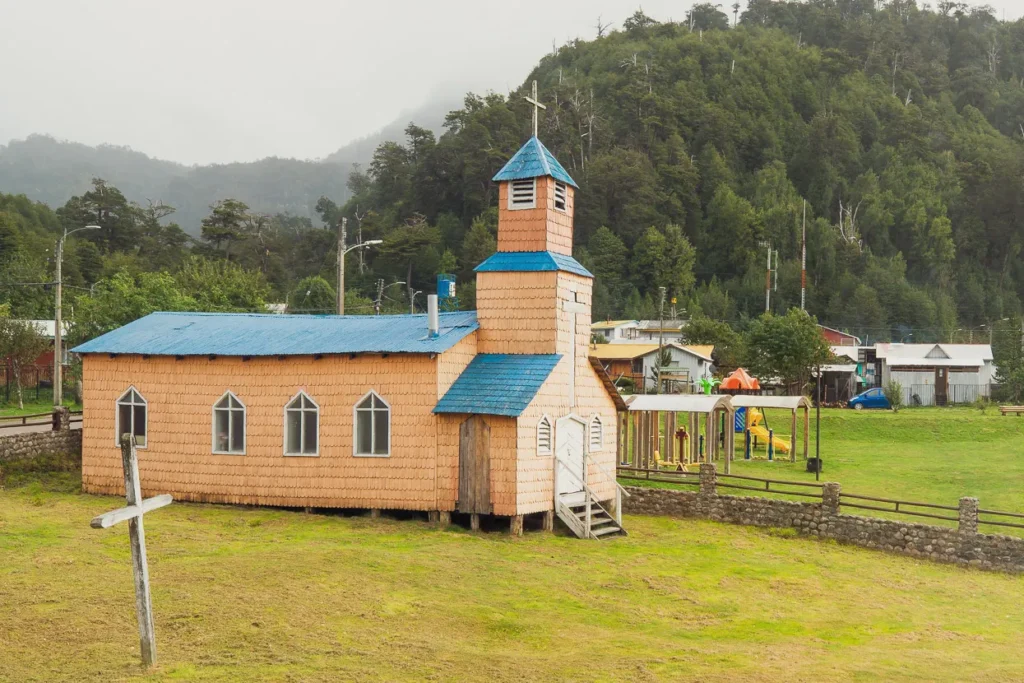
For Hana and I it was not such a simple decision. We’d been on the road nearly four years on our Otso Cycles Voyteks covering over 45,000km and while the end for us was relatively close, we’d also planned to winter over in Patagonia before exploring the region further and then closing our gap between Santiago and Puerto Montt to the north. A return to Guatemala was on the wishlist too, to study Spanish at one of the schools overlooking Lago Atitlan, while I began working on a book about the journey. New Zealand was not even on our radar, with the low cost of living and the potential for exploring being so tempting in Central America.
But there would be little point in remaining in Chile if we couldn’t move. Until 1am the next morning we absorbed information about coronavirus like sponges. We read predictions of how the pandemic might unfold and the economic damage it might cause. It was unsettling, as the concepts of ‘flattening the curve’, ‘social distancing’ and ‘second wave’ entered our vernacular and the consequences of exponential growth became clear. We were still two day’s ride from Coyhaique, where we had friends we could stay with indefinitely, so we decided to continue to ride down to there. It could be a safe house for a while, or a base while we packed to go home.
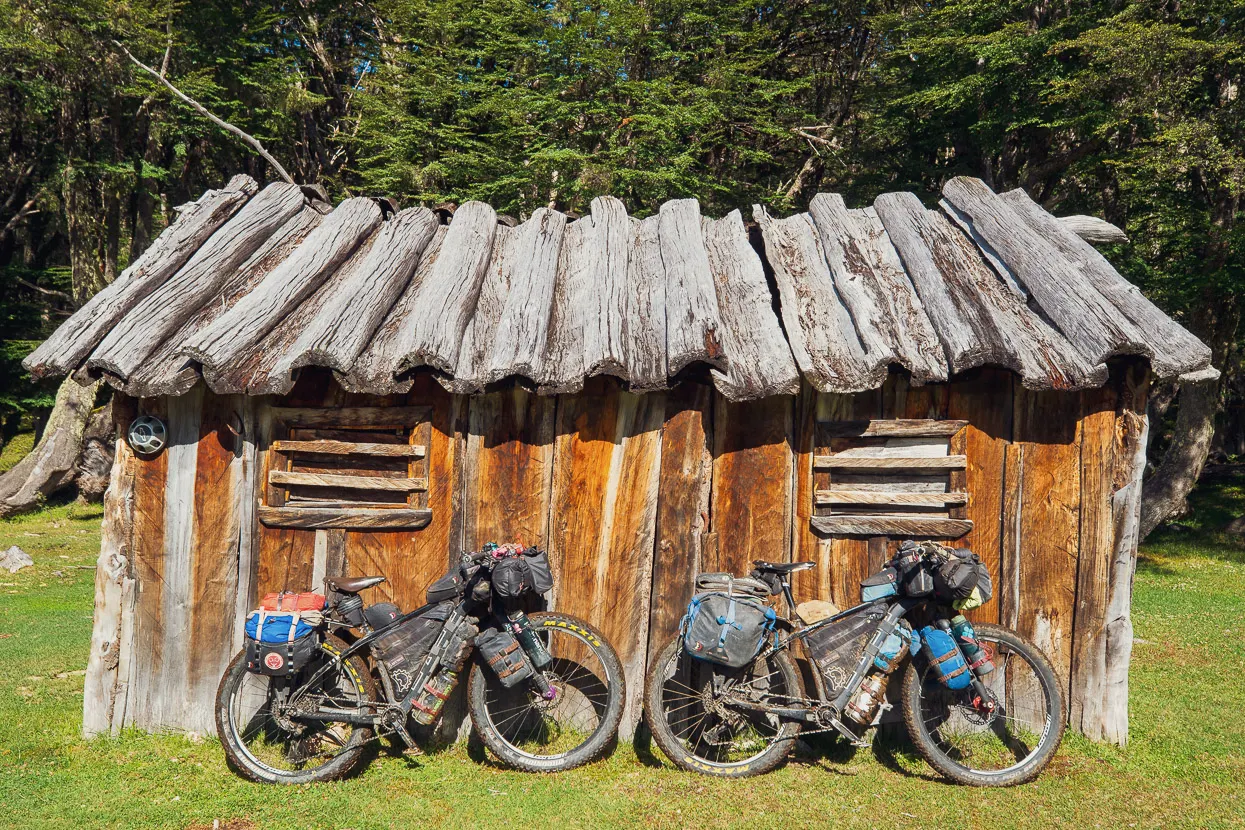
That evening we stayed in Villa Mañihuales on the Carretera Austral. Already this famous highway was quiet as traffic dwindled. The news we read that evening was grave for travellers: interprovincial travel in Argentina was soon to close, Tierra del Fuego was closed and the south of Chile was rumoured to follow. Panic swirled around the WhatsApp group as people began to realise we were looking at months-long restrictions, not days or weeks. After all, who had experienced a pandemic before?
Already we were seriously considering returning home ourselves, but with reports of flight cancellations uncertainty surrounded that too. Hana was the most willing to drop it all and return home, while I was still sitting on the fence, but as the news worsened every few hours, my resolve to stay in Chile was also weakening. Not only was travel going to be impossible for at least a few months, but the region of Patagonia we were in – cut off from road access – could potentially face food, fuel and medical shortages, and we would be out on a limb if we required any medical attention ourselves. With winter looming and a bleak economic forecast, New Zealand was a more appealing place to be stuck. The following morning, after another late night reading the news and communicating with the embassy and our families, we decided to pull the plug and try to get home.
The prices of flights via our preferred route (Santiago or Buenos Aires to Auckland) were horrific, so we booked a flight that morning via Santiago – Panama City – Los Angeles – Auckland. An affordable journey, but fraught with potential for cancellations. In the end we cancelled this booking because we became worried about LAX tightening up its transit controls (you have to clear immigration there to transit). We immediately booked a more expensive Air NZ flight via Santiago – Buenos Aires – Auckland, along with a domestic flight to get to Santiago.
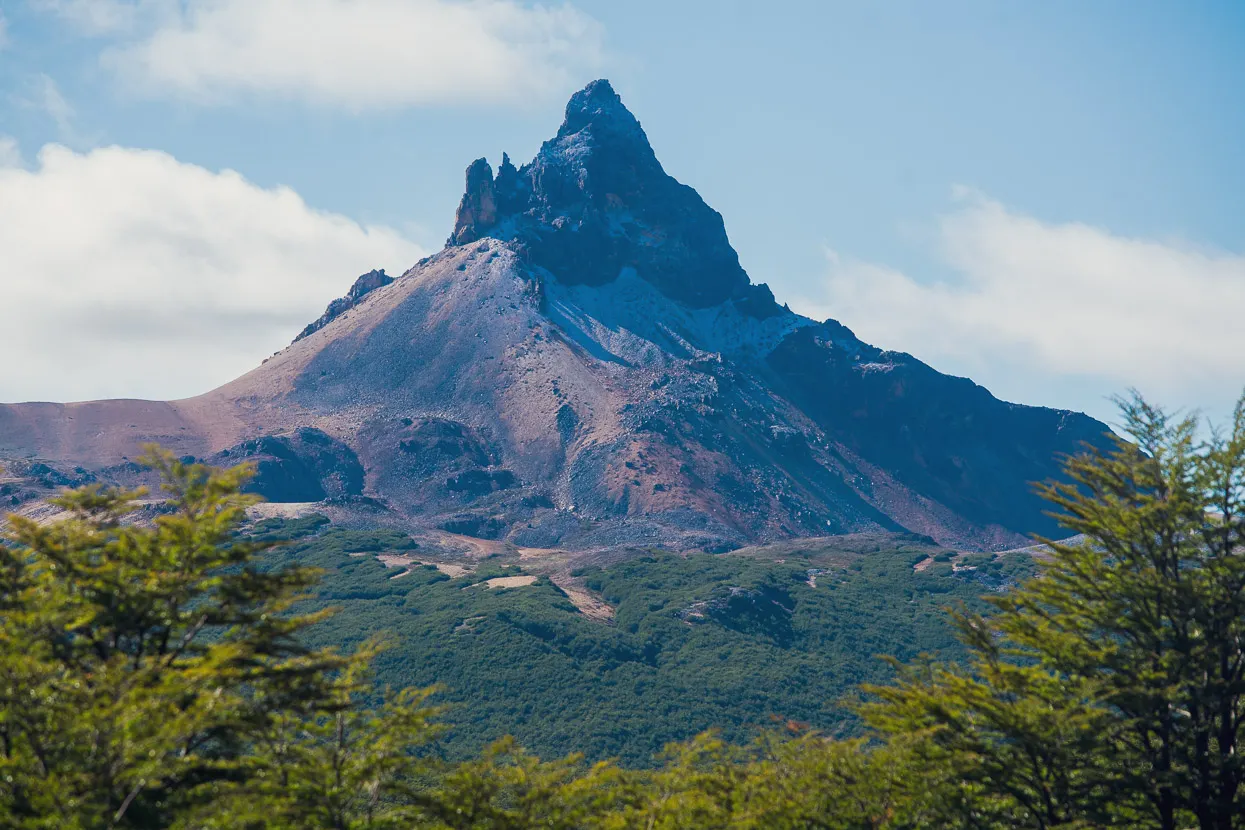
We rode a fast 75km that afternoon to Coyhaique. The sun was shining, the day was warm; our last on the road of an amazing journey that we have never tired of in nearly four years of travel by bike. But I was amazed by how quickly the disappointment of ending our ride prematurely was replaced with the anticipation of home, family and friends.
Fear of the virus was evident in Coyhaique. Many people were masked, some shops had installed distancing measures. Pharmacies and supermarkets had long queues outside and the whole town was out of masks and hand sanitiser. We booked into a hostel for the night and the owner covered her face as she talked to us. By the next day she’d ceased accepting guests.
In town we collected some bike boxes, some of the few left in town, and then spent the following two nights with our friends Anna and Brian on their rural property 18km from Coyhaique. There the world seemed perfectly normal, with no people nearby and sweeping views over the Patagonian countryside. But as we packed our bikes the news worsened: Chile was declaring a State of Emergency, our embassy issued a plea for all travellers to return to New Zealand via commercial flights while they still could, and rumours were emerging that New Zealand itself might soon enter lockdown.
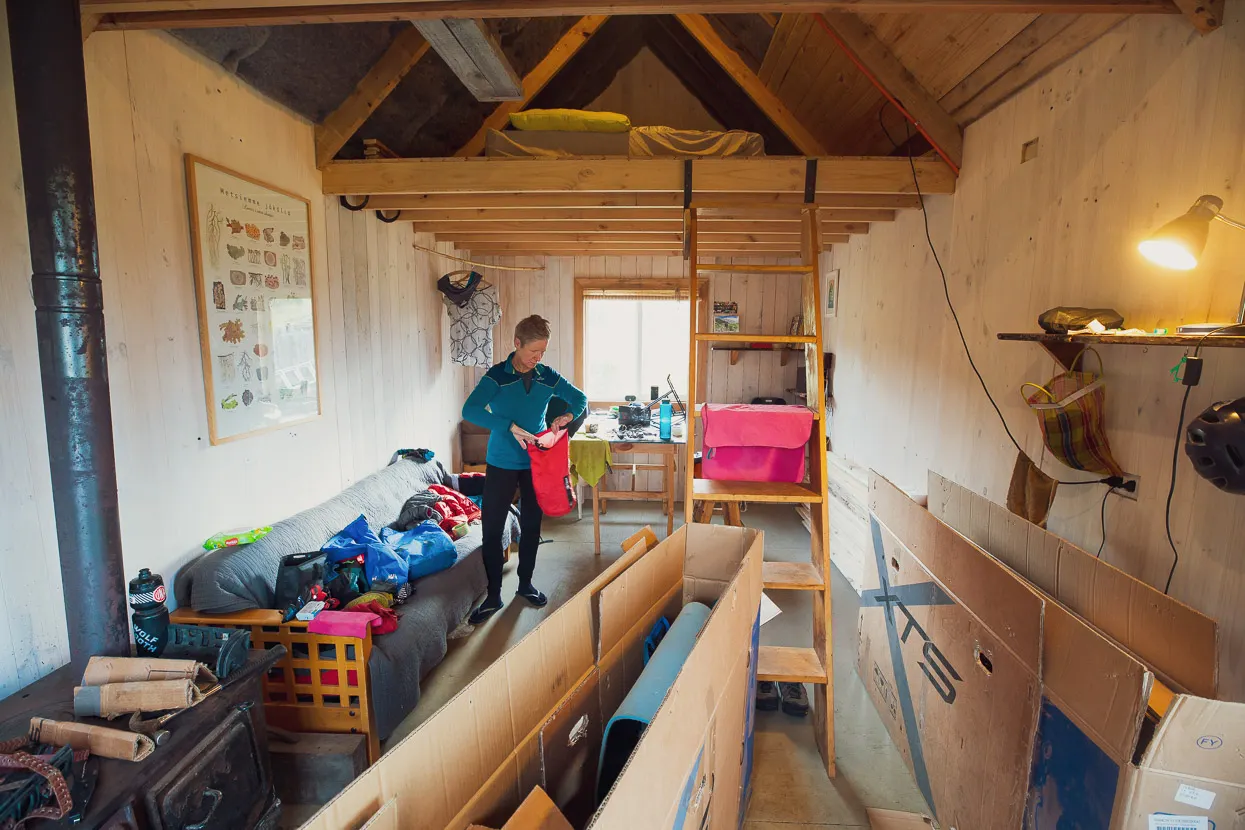
As we absorbed all of this, information emerged that Air NZ was immediately ceasing all operations out of Buenos Aires, and with that our lifeline home. We were crushed, and with Latam flight prices yoyoing on the internet between USD$5000–US$14,000 each we were reluctant to make another online booking for a fight that might soon cancel. We’d already bought two! In the evening we made the news ourselves in New Zealand after I spoke to a reporter about our plight. Many other New Zealanders in Latin America were in the same situation and already pressuring the government for mercy flights, should the commercial option fail completely.
In the end we decided it best just to get to Santiago airport as soon as possible and try and resolve either our cancelled Air NZ flight at a counter there, or talk to Latam. Meanwhile we heard that Panama had closed to transit passengers, which would have been the ruin of our original booking before even making it to LAX.
Skies were clear for most of the 2hr 20 min flight from Balmaceda to Santiago and while Hana slept, I spent most of it with my eyes close to the window, looking down at the very same landscapes we’d painstakingly traversed by bike over the previous three weeks. Patagonia is incredible to cycle through, but from the air it’s displayed spectacularly as you can see every peak, every hidden alpine lake and the complexity of the land. During those peaceful moments on the aircraft I also reflected on how accepting we’d been of the situation, and the methodical way we’d undertaken the process of returning home, without focussing on the negatives.
While riding one day, just a couple of months back, I’d commented to Hana how arbitrary the notion of reaching Ushuaia actually was. If I’d said that during the first week of the ride it might have seemed mutinous to us both, but after more than three years on the road our perspective had shifted and we’d come to realise with more clarity than ever that it’s the experiences that count, not where you choose to stop pedalling. That day on the road I was looking over my shoulder at what was behind us and feeling an almost overwhelming satisfaction at what we’d accomplished during our ride: from every encounter with another human; to the astounding amount of knowledge and experience we’ve gained; to the physical challenge which has redefined our boundaries of possibility; to the synthesis of the two of us as a team.
If I were to put what I feel about our journey now into one word, it would be grateful. Sure, we haven’t reached Ushuaia, and seen the Patagonian Icecap or the Fitz Roy Massif, but we have experienced an incredible amount. From the Arctic to the Amazon, to the high altitude deserts and the barrios of Bogota and all that’s between them we’ve filed away an indelible catalogue of memories.
It was nearly 2am by the time we got to speak to a Latam representative at their ticket counter in Santiago. Air New Zealand had been impossible to contact, but there were flights with Latam still available. We bought a seat on standby for a flight in 48 hours time – possibly the very last flight – and were immediately upgraded to a confirmed seat due to ongoing cancellations in the system. We collapsed into our sleeping bags in a quiet corner of the international terminal for the rest of the night and then later in the morning caught a taxi to a nearby hotel for our final night in Chile. The airport felt like plague central and we were scared of contracting the virus there and then bringing it into New Zealand. We were repeatedly washing our hands and avoiding clusters of people, but awareness of the need for distancing varied massively. The taxi drivers were the worst; few wore masks or sanitised their hands after handling luggage, so we were happy to get out of there.
The 787 sat on the tarmac for what felt like an eternity after we finally boarded the plane and we never properly relaxed until it was actually in the air. The first beer tasted so good. 36 hours after we landed in New Zealand, the whole country entered full lockdown, which lasted nearly five weeks. During that time we self isolated for 14 days at the home of Hana’s parents in Te Puna, near Tauranga. We spent our days in an RV outside the house and used a single room inside the house to sleep. Our sanity was maintained by riding loops on local paths and roads. It was no substitute for the Andes, but short and intense rides most days helped stave off the ‘post tour blues’, which is common among long distance cyclists and hikers.
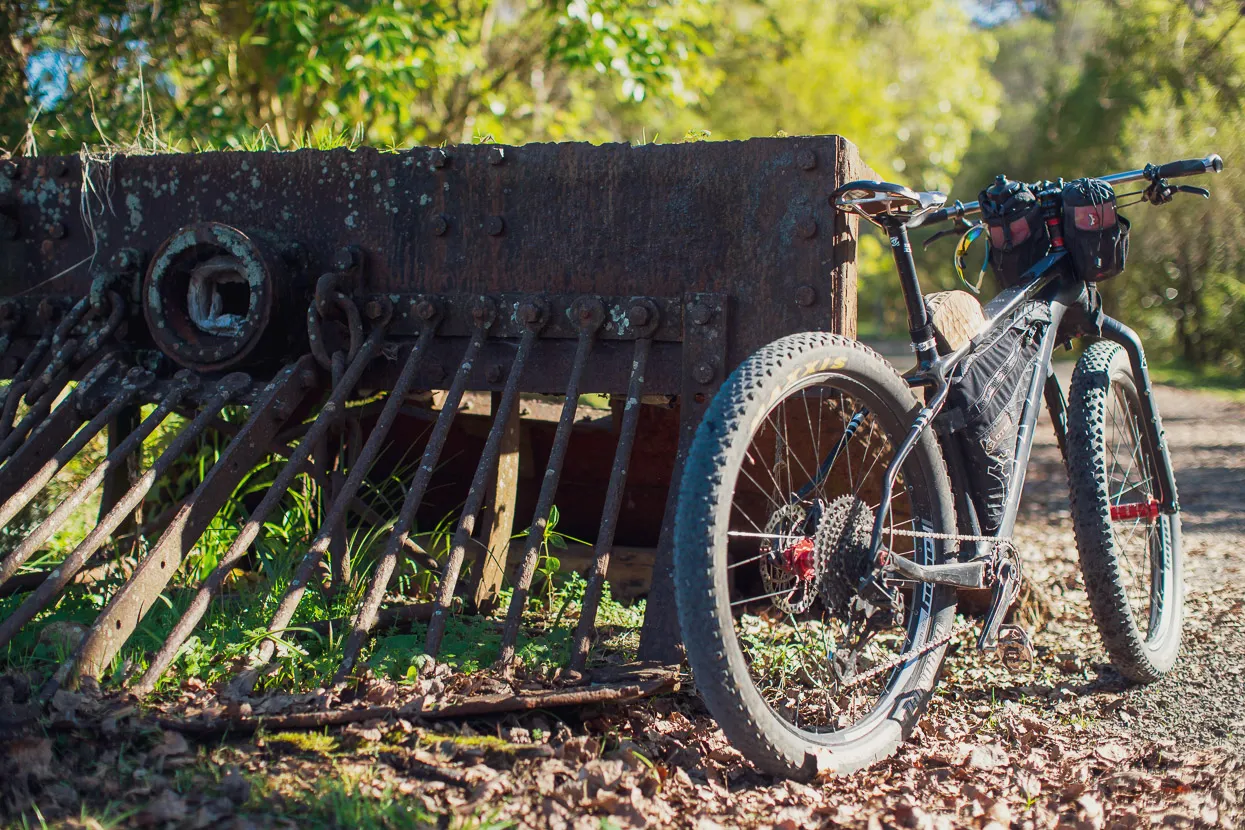
Our return to New Zealand had come so unexpectedly we’d made no further plans beyond self isolation, and with the country in lockdown there were few options anyway – be it travel or employment. But Te Puna, in the sunny Bay of Plenty, lies in the heart of one of the country’s biggest orchard districts. Annually the kiwifruit harvest employs thousands of seasonal workers and is considered an ‘essential service’, therefore able to operate under lockdown restrictions.
After nearly three weeks of lockdown we both started work in a kiwifruit packhouse, working on the packing line. Our task was simply closing boxes of kiwifruit after they have been filled by the conveyor. If you were on a slow line you could also push the boxes on rollers to the end of your line and put a barcoded sticker on it, ready for the stacker to stack on a pallet. Neither of us had ever done such monotonous, back and leg aching, boring work. 11 hours a day is a long time to be standing in one spot and the six day weeks were tedious. After the self reliance, freedom and constant decision making the two of us had experienced during our cycle journey, the packhouse required a change of mindset and a determination not to let the noisy and repetitive environment get to us.
But we did pull through. One of the saving graces was that the team we worked with were all great people, hard working and committed. There is an irony to the fact that after over three years of travel in Latin America we were working with mostly Chileans and Argentinians who were in New Zealand on a one-year work visa. After a few weeks we were given more flexibility in our tasks and Hana became part of the quality team while I got to flex my cycling-withered arms as a box stacker.
Through the generosity of Hana’s parents providing us a bed and meals, we’ve been able to save nearly everything we’ve earned during eight weeks of intense packhouse work. The packing season has ended now, and naturally we jumped at the opportunity of our first full weekend in a long time to get away for a bikepacking ride. Reacquainting ourselves with rural New Zealand’s unique forests, rugged landscape and strong sense of place was deeply satisfying.
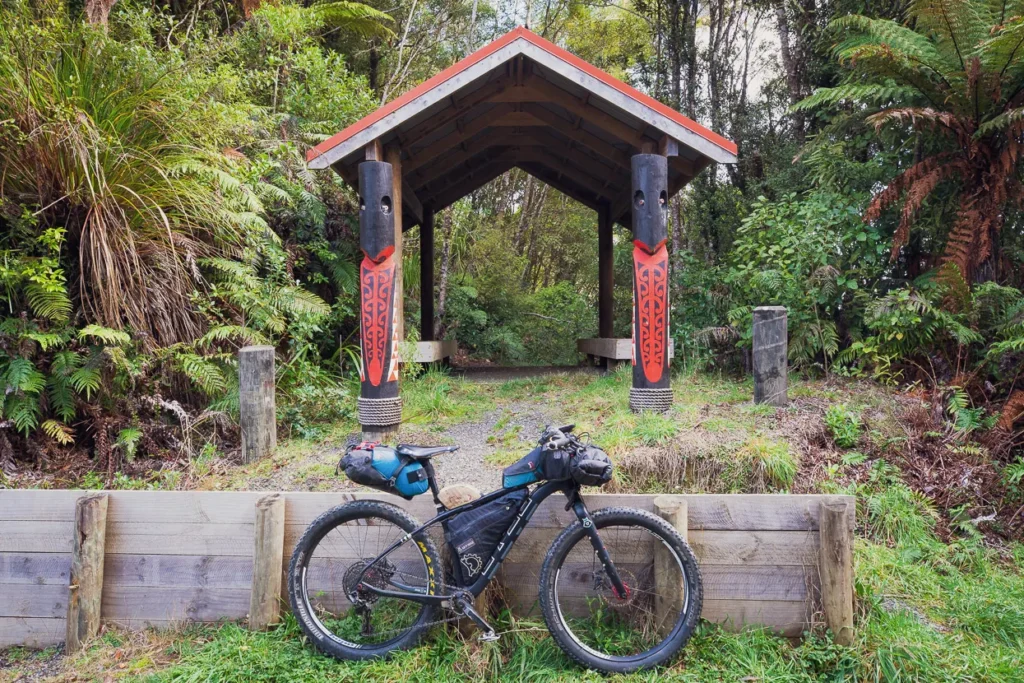
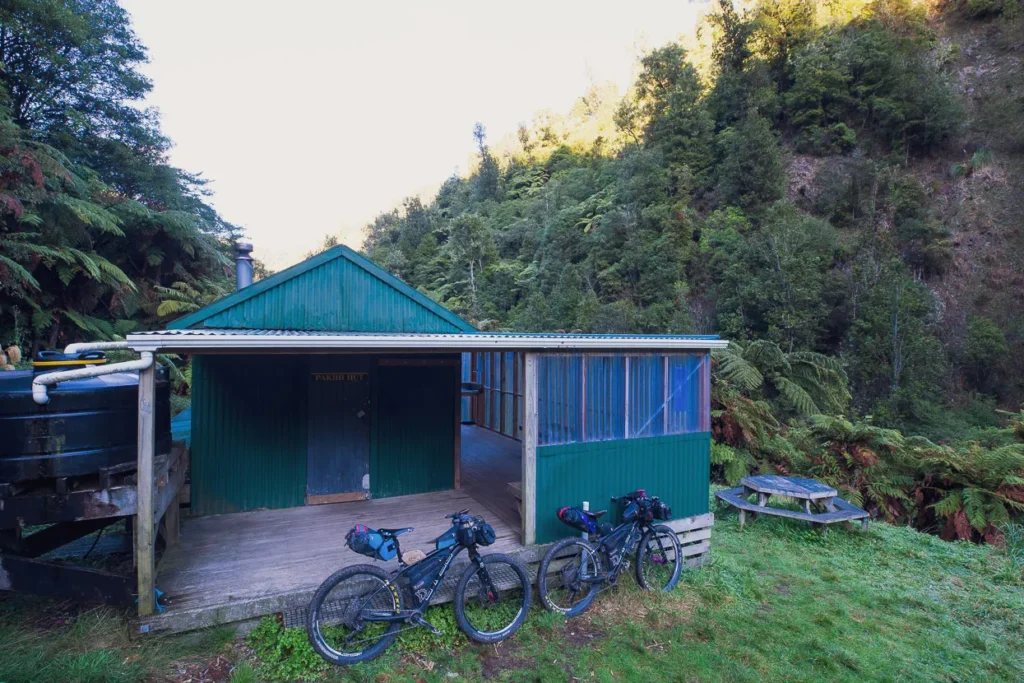
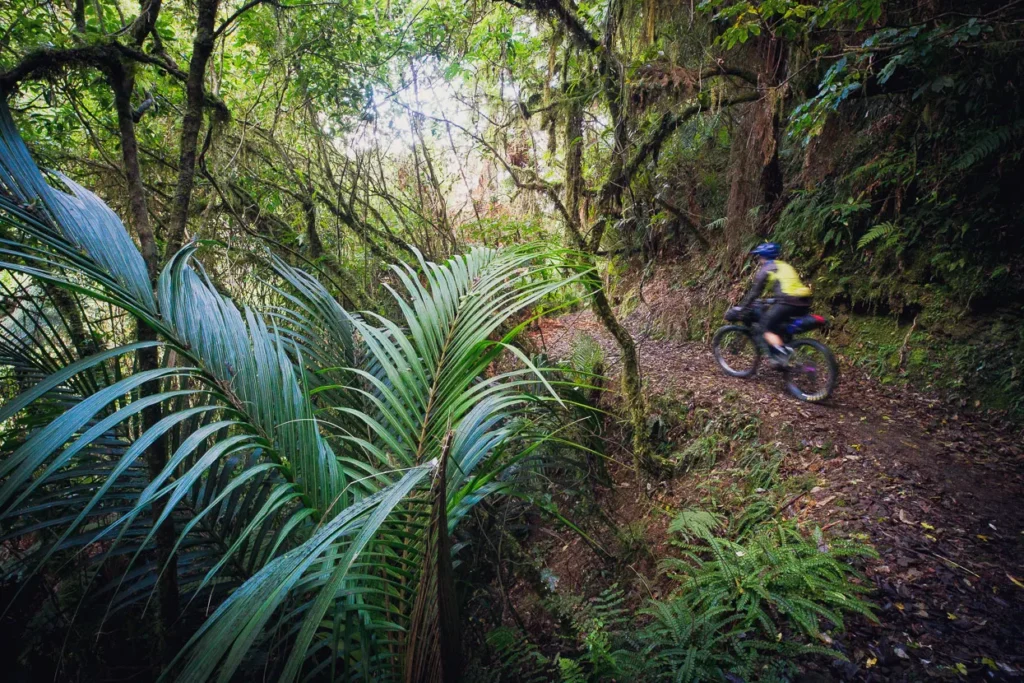
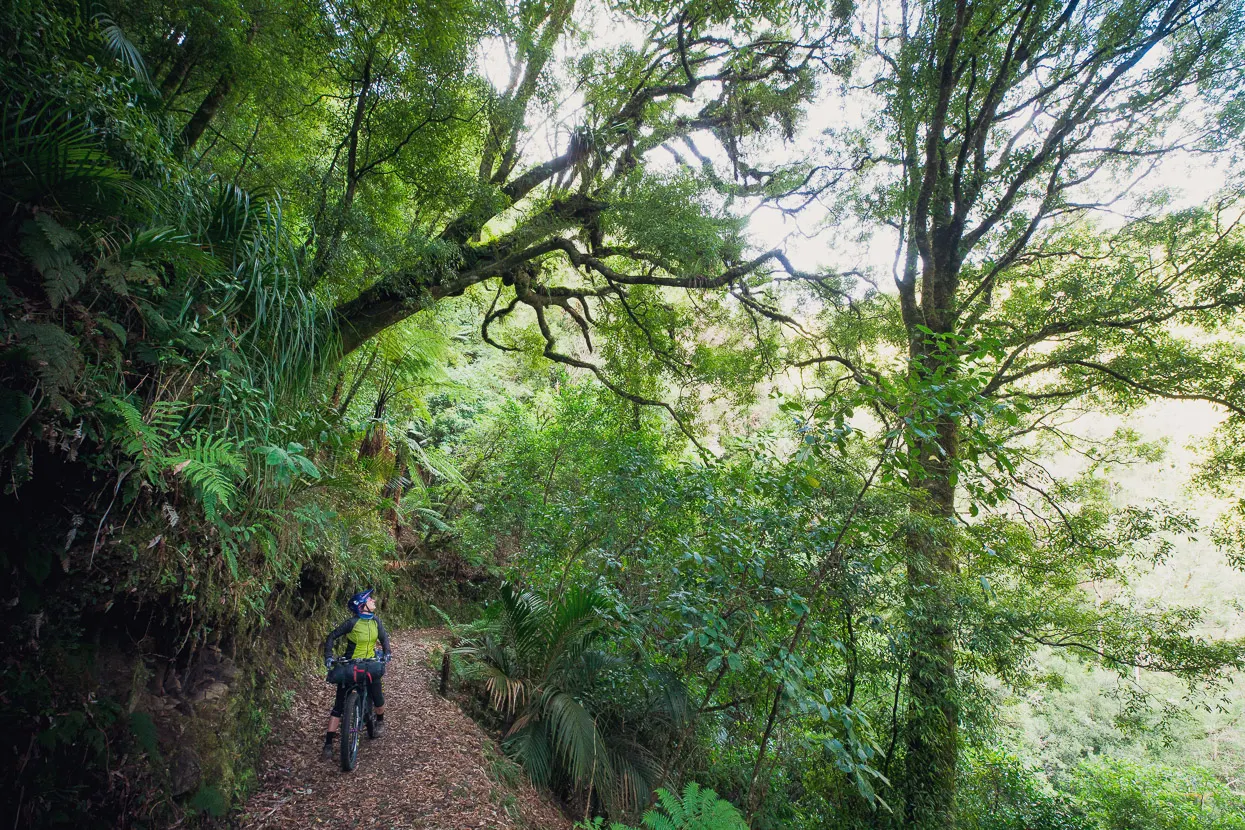
New Zealand’s a place we’re proud to call home, but the road always calls. We have 2500km left in South America to complete our journey and to close this amazing chapter of our lives. Our motivation to return there and ride again remains strong, but for now we’ll be moving onto other things until the time is right. We’re looking forward to making the most of New Zealand’s extensive bikepacking opportunities, visiting friends, and in the meantime working on business, bikepacking routes and some creative projects.

Voytek is our fat bike for all seasons. Because it has a longer top tube, short chainstays, and slightly slacker head tube angle, Voytek is speedy, responsive, and fun on any surface. Whether you’re bikepacking in Chile or New Zealand (or anywhere else in the world), the Voytek is the optimal choice for ride quality, reliability, and performance.




